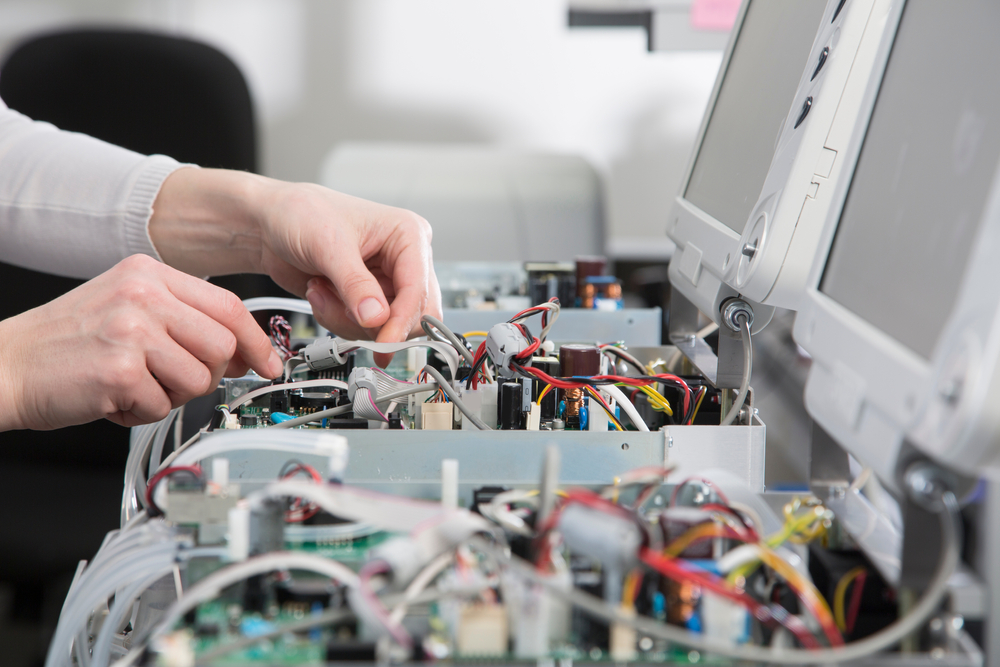Trend Watch: Connectivity and Digitalization in Automotive Manufacturing
Shelagh Dolan April 12, 2016
After years of focusing on growth in emerging markets, the automotive industry has finally seen a shift in a new direction: optimizing cars for connectivity and digitalization.
Instead of concentrating on expansion in China and new markets, automotive OEMs are now looking to Silicon Valley to learn about ways to integrate technology and build more connected cars for their customers.
In its annual Global Automation Executive Survey, KPMG found that, among manufacturing executives, “connectivity” has jumped from #10 to #1 in 2016 as the key trend to watch through 2025. Additionally, more than 80% of survey respondents said they thought connectivity and digitalization would strongly disrupt the auto industry by end of this decade.
Why It’s Important
By making more connected cars, automotive OEMs can create opportunities for profit, as well as keep competitors, such as Silicon Valley tech startups, from grabbing up rising market share. Personal devices and vehicles could generate tons of data to sell to traffic offices, service stations, GPS data calculators, and manufacturers of tailored products and services.
With regards to OEMs harvesting this data through informational engineering, Dieter Becker, Global Head of Automotive for KPMG said: “Only then can traditional OEMs become the grid master, meaning that by providing vehicle-dependent and independent products and services, OEMs can manage the mobility grid and dominate the valuable customer relationship along the entire customer lifecycle in and around the car.”
Location-based services, GPS navigation, crash information, personal calendars, apps, and road conditions are just a few of the many valuable customer insights available through automotive digitalization. Leveraging this information will enable automotive OEMs to become customer and service driven mobility service providers — grid masters.
What to Do About It
To keep up with the connectivity trend, automotive companies will need to generate a service and customer oriented business model in which data is the fuel. Beyond simply creating a high quality vehicle, OEMs should begin offering more digital products and services in order to build brand trust and, ultimately, keep customers from choosing competitors from the information and communication technology (ICT) sector.
People want the option of being online anytime and anywhere, including when they’re driving. By changing the priority from a product-driven culture to a more all-inclusive service and total cost of ownership (TCO)-driven culture, automotive OEMs can move towards providing this type of service-oriented functionality and mobility for their customers on demand.
Over the next five years, we can expect to see major disruption among automotive OEMs, as just about every aspect of production including value chain, product development cycles, sales processes, customer relationships, and associated products and technologies will need to change to accommodate the move to mobility.
Did you find this useful?









